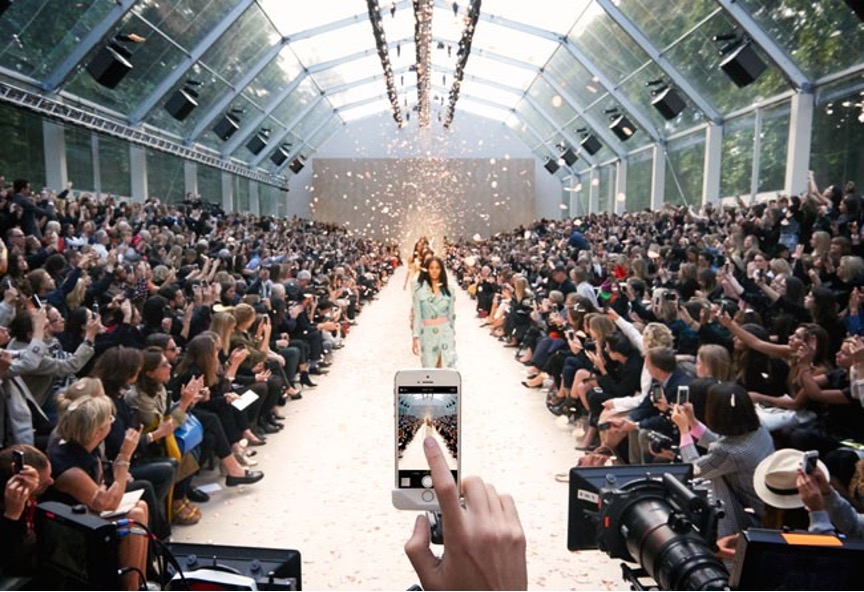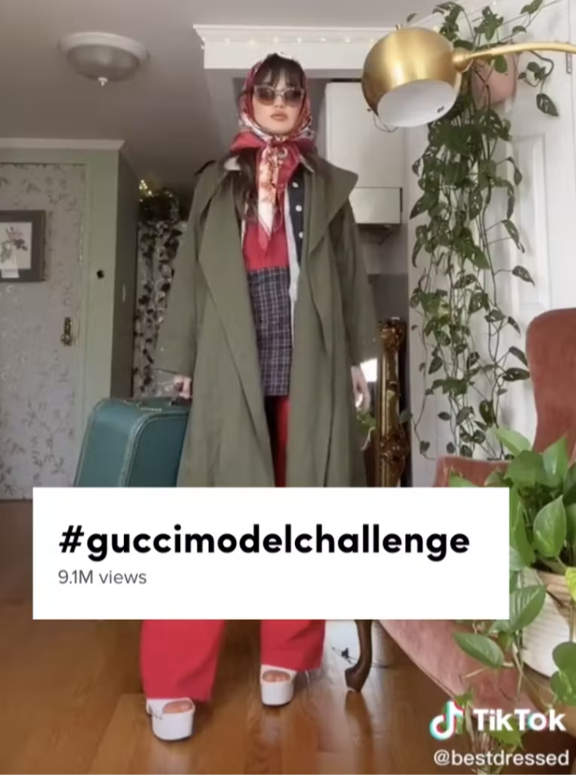
Today, social networks are essential levers for major luxury brands, enabling them to reach a wider, more targeted audience. Instagram, Tiktok and WeChat are key platforms, where storytelling, influence and engagement strengthen the relationship with the customer. But how do luxury brands adapt their digital strategy to maximize their presence and build customer loyalty on these platforms?
Why are social networks essential for luxury brands?
Since the rise of digital, luxury and social networks have rapidly created a strategic duo in terms of marketing. According to Statista, in 2021, Nearly eight out of ten Gen Z consumers followed luxury brands on social media worldwide. Luxury consumers are above all looking for an immersive experience, where emotion plays a key role, and aspire to a close relationship with brands. They like to feel exclusivity and be kept up to date with new products, which is why a well-crafted digital strategy is essential. Thanks to social networks, the distant image of luxury is lessened, and a closer relationship between brand and customer is encouraged. Luxury brands such as Dior, Chanel, Louis Vuitton and Jacquemus are aware of this, and use social networks to publish immersive campaigns, broadcast runway shows live and strategically announce new products.
Which networks are most effective for luxury goods?
Although luxury brands are present on several platforms, Instagram remains the number 1. Indeed, thanks to its increasingly innovative features, Instagram delivers unfailing visibility, engagement and conversion. The formats offered by Instagram such as Reels, Carousels or interactive stories enable diversified and engaging content. The presence of numerous influencers implies considerable influence strategies. Finally, Instagram shopping enables direct conversion and contributes to sales.
In addition, TikTok has become an acquisition tool for new generations, thanks to its short, viral videos. Trends, the use of hashtags and various challenges all contribute to increasing visibility and interactivity. For example, Gucci launched the #guccimodelchallenge in 2020, encouraging users to reproduce catwalk looks with their own clothes, with millions of views.

Finally, luxury brands are adapting to the market and increasingly using the Chinese platform WeChat, in order to adapt communication and product marketing to a dominant audience.
How do luxury brands create engaging content?
Social networks offer a multitude of opportunities for luxury brands to create engaging content. In the luxury sector, engagement is achieved through storytelling and emotion. While the aesthetics of photos, videos or stories count, highlighting the brand’s know-how and heritage is key. The use of interactive content is also essential, such as polls, lives, quizzes or Q&A, which “give them a sense of involvement in your brand’s journey”. Finally, collaborating with the right influencers and ambassadors attracts and “retains a loyal and high-end audience”.
Measuring the success of a social networking campaign.
To assess the real impact of a digital strategy, luxury brands need to rely on key performance indicators (KPIs). These data enable them to adjust their campaigns and optimize their return on investment (ROI). Among the most important are engagement rate (ER) to measure audience interaction with content, conversion rate and ROI to track campaign effectiveness and see the number of online sales, registrations or downloads. Data analysis enables them to identify content that works and adjust their digital strategy according to audience trends and preferences. Thanks to these metrics, they can refine their targeting and maximize the impact of their publications on social networks.
Conclusion
Social networks are no longer just a simple communication tool for luxury brands; they are now a strategic pillar in their digital strategy. In addition to reinforcing brands’ image and commitment, they create an exclusive relationship with their community, shaping the future of luxury in the digital age.
Bibliography
inBeat. (s. d.). Social media for luxury brands: Strategies and insights. inBeat Agency. https://inbeat.agency/blog/social-media-for-luxury-brands
Rathnayaka, Y. (2024). The role of social networks in luxury brand marketing. ScienceDirect. https://www.sciencedirect.com/science/article/pii/S2667096824000983
BrandsGateway. (s. d.). Social media in luxury fashion: How brands are leveraging Instagram. BrandsGateway Blog. https://brandsgateway.com/blog/social-media-luxury-fashion
Vu-du-Web. (s. d.). Les marques de luxe très sociales en Chine. Vu-du-Web. https://www.vu-du-web.com/social-media/marques-de-luxe-tres-sociales-en-chine
Soley Creative. (s. d.). 5 social media design strategies for luxury brands. Soley Creative. https://www.soleycreative.com/studio-notes/5-social-media-design-strategies-for-luxury-brands
Sprout Social. (s. d.). Key social media metrics to track for business success. Sprout Social. https://sproutsocial.com/insights/social-media-metrics
Statista. (2021). Consumers following luxury brands on social media worldwide by generation. Statista. https://www.statista.com/statistics/1359716/consumers-following-luxury-brands-on-social-media-worldwide-by-generation